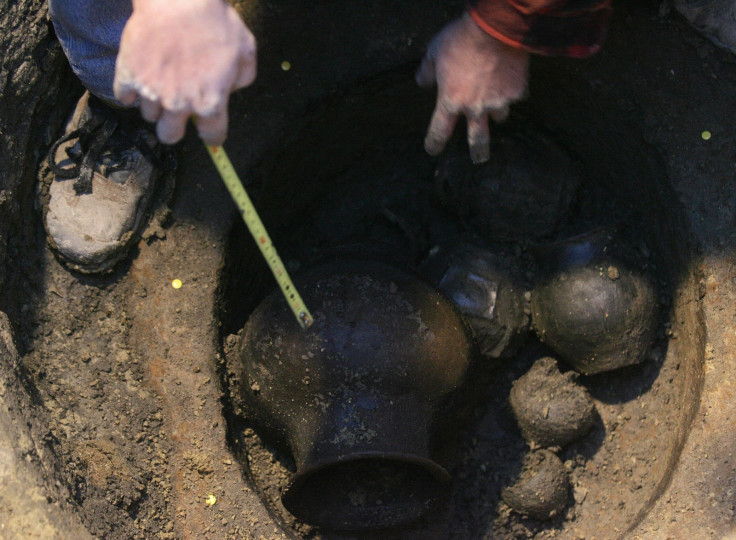Frankincense found in Roman burial sites in UK for first time

Frankincense has been discovered in Roman burial rites in the UK for the first time, shining new light on the ceremonies used by the empire as far back as the third century.
The resin, famous for being one of the gifts in the story of the birth of Jesus, was discovered in burial containers and residues on skeletal remains at sites in Dorset, Wiltshire, London and York.
Frankincense, which is still used today, was once valued more than gold and traded across parts of Africa, the Mediterranean and Arabian Peninsula.
However, until now, evidence for the use of resin in ancient funerary rites has rarely come to light outside of Egypt.
Of the 49 burials analysed, four showed traces of frankincense which had been transported from southern Arabia or eastern Africa, with 10 more containing evidence of resins imported from the Mediterranean region and northern Europe.
The aromatic resin is thought to have been used to cover the smell of decay in lengthy Roman funeral rites. The huge expense of Frankincense meant it was only used for the Roman elite. Seen both as gifts from the gods and to the gods, it was thought to purify the dead and help them negotiate the final rite of passage to the afterlife.
The discovery of the resin in burial sites in Britain proves that prove that, even in its decline, the Roman empire was still willing to transport the valuable substances for miles.
University of Bradford Professor of Archaeological Sciences, Carl Heron, who led the research, said: "It is remarkable that the first evidence for the use of frankincense in Britain should come from such seemingly unpromising samples yet our analysis demonstrates that traces of these exotic resins can survive for over 1700 years in what others would reject as dirt."
Dr Rebecca Redfern, research osteologist in the Centre for Human Bioarchaeology at the Museum of London, said: "This eye opening study has provided us with new and amazing insights into the funerary rituals of late Roman Britain.
"The University of Bradford's significant research has also rewarded us with further understanding of a rich young Roman lady, used in the study, whose 4th century skeleton and sarcophagus was discovered near Spitalfields Market in the City of London in 1999, making her burial even more unique in Britain."
© Copyright IBTimes 2025. All rights reserved.






















